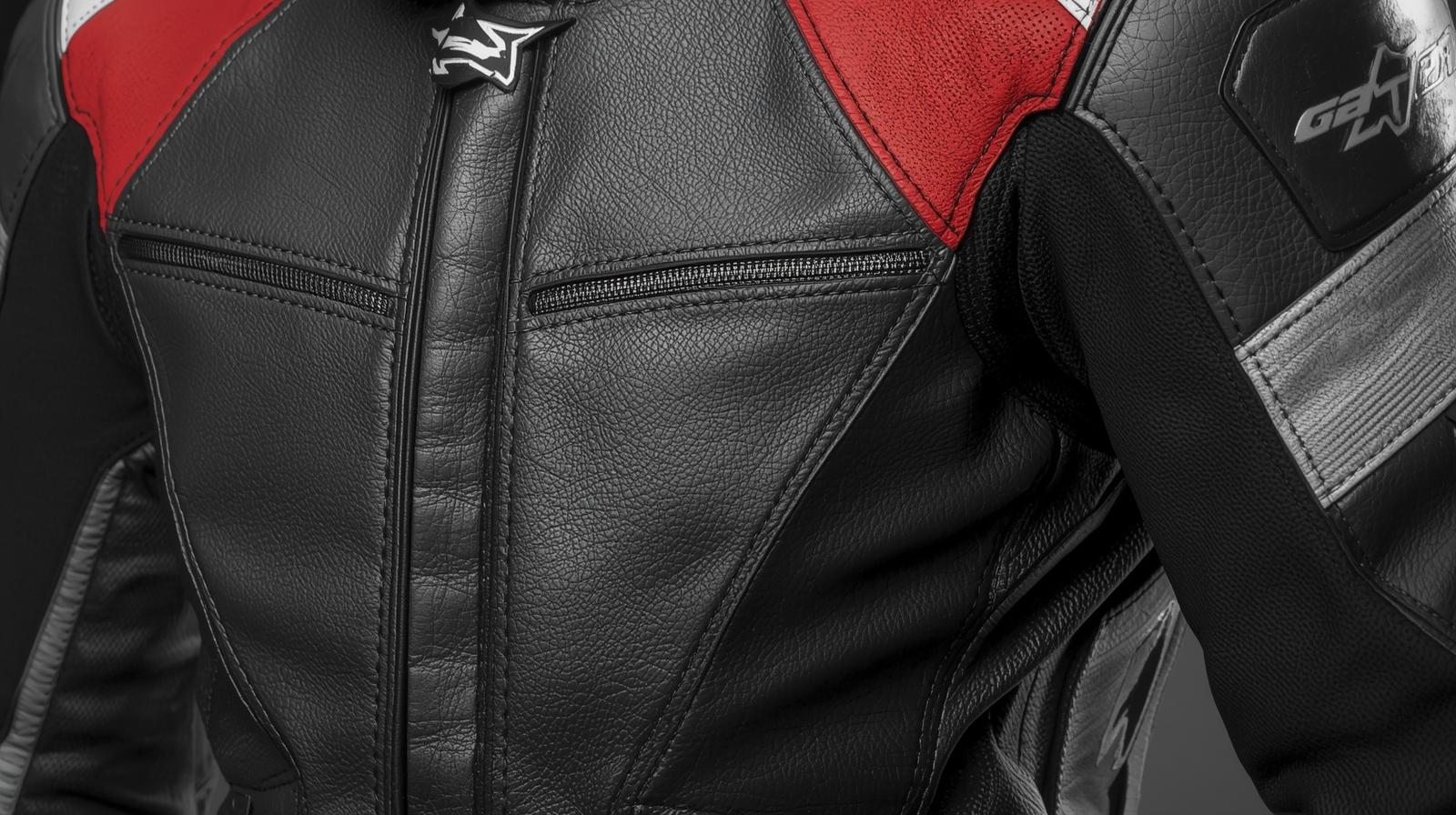The Ultimate Guide to Finding Your Perfect Motorcycle Racing Suit

Every serious rider knows that gear matters for survival. The difference between an average motorcycle racing suit and a premium one can literally mean walking away from crashes. Whether preparing for track days or serious competition, selecting the right best motorcycle racing suits demands careful thought.
Material quality, fit, protection levels, and performance features are critical considerations. This comprehensive guide cuts through marketing noise to reveal what actually matters when choosing race leathers. Settling for anything less than the best leaves protection gaps that riders shouldn’t accept.
Understanding the Core Differences in Racing Suit Construction
The foundation of any quality racing suit lies in its construction fundamentals. Unlike casual riding gear, track-focused motorcycle racing suits are engineered specifically for high-speed situations. Abrasion resistance becomes non-negotiable when crashes happen at serious speeds.
Premium best motorcycle suit options utilize multi-layer leather construction with reinforced impact zones. Professional-grade leather typically ranges from 1.2mm to 1.8mm in thickness. This provides substantially better abrasion resistance than thinner alternatives available online.
The stitching pattern differs significantly from recreational gear found in regular shops. Racing suits feature bartack stitching at stress points and multiple thread passes. This prevents seam separation during high-impact situations that ordinary suits can’t handle.
Material Selection: Why Leather Quality Separates Good from Great
Leather quality represents perhaps the most critical factor in motorcycle suit performance. Not all leather deserves the label “race-grade,” and understanding distinctions prevents costly mistakes. European leather from Italy and Spain consistently outperforms lower-grade hides in durability.
Full-grain leather represents the highest tier available in today’s market. It retains the hide’s natural surface and offers superior resistance to abrasion. Corrected grain leather costs less but sacrifices some protective qualities somewhat.
Synthetic alternatives have improved dramatically but still fall short of premium leather. The tanning process matters tremendously for long-term durability and maintenance needs. Vegetable tanning creates more durable leather than chrome tanning overall.
Kangaroo leather has emerged as a premium option worth considering seriously. It offers impressive abrasion resistance while remaining lighter and more flexible. This outperforms cowhide alternatives in many racing-focused applications overall.
Temperature regulation through breathability shouldn’t be overlooked in quality comparisons. Quality leather naturally manages moisture and airflow better than budget alternatives. This keeps riders comfortable during extended track sessions and intense racing days.
Essential Protection Features in Modern Racing Gear
Today’s best motorcycle riding suit incorporates protection technologies unavailable a decade ago. Armor placement has become increasingly sophisticated across the industry entirely. CE-certified protectors are now standard in quality motorcycle racing suits everywhere.
Consider these protection essentials that separate quality from mediocre offerings:
- Shoulder armor absorbs impacts and prevents clavicle injuries during crashes
- Elbow reinforcement covers the natural impact zone during slides and falls
- Knee armor features replaceable inserts designed for repeated contact scenarios
- Spine protection offers optional backplates for longitudinal impact protection coverage
- Hip and tailbone guards prevent injuries often overlooked by casual riders
The positioning of armor pieces distinguishes true race leathers from pretenders completely. Quality suits place protectors exactly where crashes naturally throw riders. This isn’t arbitrary placement for marketing purposes or aesthetic appeal.
The material surrounding armor significantly impacts comfort during actual crashes. Harder shells distribute impact across broader areas more effectively overall. Softer surfaces contour to the body and reduce localized pressure points substantially.
Fit and Comfort: The Often-Overlooked Game-Changer
A protective suit means nothing if riders won’t wear it regularly. Motorcycle track suits demand a specific fit that differs from street gear. They should be noticeably snug without restricting movement or limiting circulation significantly.
Proper fit requires careful attention to several specific dimensions and measurements. The suit should hug the torso without creating wrinkles or gaps. Sleeve length needs precision because too short restricts arm movement unacceptably.
Too long and the suit bunches during aggressive turns and cornering maneuvers. Inseam measurement matters tremendously for comfort during extended riding sessions. Many riders make the mistake of sizing up for comfort incorrectly.
This unknowingly creates the exact gaps that compromise protection during crashes. Most quality manufacturers offer multiple size options and customization services specifically. This exists because body shapes vary dramatically across different rider types.
Testing fit while in riding position reveals whether suits truly work. Standing upright gives misleading results that don’t match actual riding posture.
Durability and Long-Term Value Assessment
The best motorcycle racing suit isn’t necessarily the most expensive option available. Rather it’s the one that maintains protective integrity over years. Durability indicators include reinforced stress points and quality stitching throughout entirely.
Weather-resistant construction prevents premature deterioration from exposure and regular use. Maintenance requirements deserve consideration in long-term ownership planning ultimately. Premium leather requires appropriate conditioning every few months for longevity.
Some synthetic-blend options offer easier care without sacrificing protection at all. Collar and cuff durability often indicates overall construction quality definitively. These high-friction areas wear first on quality suits seeing regular use.
The resale value of quality best motorcycle riding suit options remains strong. Riders often recover 50 to 70 percent of initial investment. This partial recovery effectively reduces the true cost of ownership considerably.
Making the Investment Decision
Selecting from available best motorcycle suits requires balancing multiple important considerations. Protection standards, comfort requirements, aesthetic preferences, and budgets all matter significantly. Premium options starting around 800 to 1,200 dollars offer substantially better protection.
Budget alternatives simply cannot match this level of protection and durability. Professional-grade racing suit options can exceed 2,500 dollars with custom features. The key differentiator isn’t always the brand name or marketing budget.
Rather it’s whether the suit addresses individual priorities and specific needs. Track day riders prioritize fit and comfort alongside comprehensive protection coverage. Racing competitors may value maximum armor configuration over extra comfort features.
Street-focused riders seeking occasional track use need different specifications entirely. Connect with experienced riders in local communities before making purchases. Real-world feedback about suit performance matters more than marketing claims overall.
Frequently Asked Questions
- What’s the difference between motorcycle racing suits and street riding gear?
Racing suits have much better protection in specific areas compared to street gear. They resist abrasion way better and handle high-speed crashes much more effectively. Street gear prioritizes comfort while racing suits focus entirely on crash protection.
- How often should motorcycle racing suit armor be replaced?
Armor should be checked after any significant crash immediately. Foam and gel armor typically lasts between three to five years. Hard plastic shells last longer but need regular inspection for cracks.
- Can budget motorcycle suits provide adequate protection?
Entry-level options work for casual riding but lack real quality. They simply cannot match premium best motorcycle racing suits in construction. Serious track use demands better protection than budget options provide unfortunately.
- What leather thickness is necessary for genuine protection?
Professional-grade motorcycle racing suit leather needs at least 1.2mm minimum thickness. Ideally leather should measure between 1.4mm to 1.8mm thick. Anything thinner than 1.2mm doesn’t provide sufficient abrasion resistance at all.
- Are custom racing suits worth the investment?
Custom race leathers eliminate fit compromises that come with standard sizing. This improves both comfort and protection significantly for most riders. For unusual body types, custom options often justify the premium pricing.



